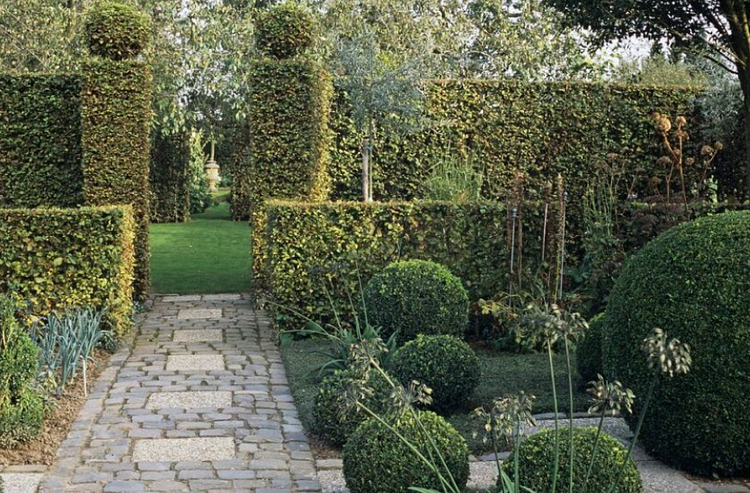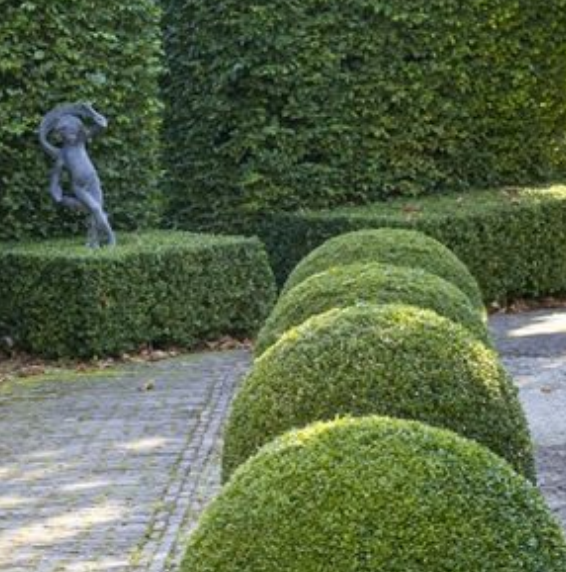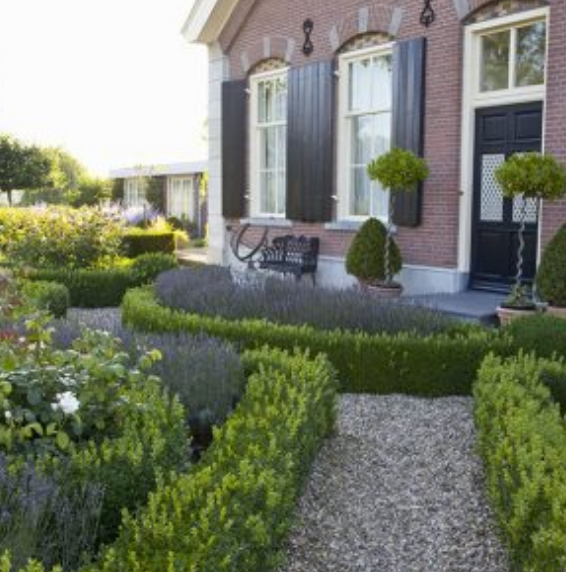Elegance in Bloom: Unveiling the Timeless Allure of Formal Gardens
Formal gardens, with their symmetrical layouts, meticulous designs, and refined aesthetics, have long been celebrated as expressions of horticultural artistry. These cultivated landscapes, often associated with classical elegance, have graced palaces, estates, and public spaces for centuries.
In this exploration, we delve into the world of formal gardens, unraveling their history, key design elements, and the enduring charm that makes them perennial favorites.

The Timeless Symphony of Formal Gardens
A Historical Prelude: Formal gardens trace their roots back to the grandeur of ancient civilizations. From the majestic Hanging Gardens of Babylon to the geometric precision of Roman villas, the concept of organizing outdoor spaces with intention has evolved into the elaborate designs we recognize today. Renaissance Europe witnessed a revival of formal garden styles, influencing landscapes across continents.
Design Principles

The Artistry Behind Formal Gardens: At the heart of formal gardens lies a commitment to balance, order, and refined beauty. Symmetry reigns supreme, with meticulously manicured hedges, precisely aligned pathways, and strategically placed focal points. Elements such as parterres, topiaries, and water features contribute to the overall harmony, creating a living canvas that captivates the eye.
Classic Inspirations
Notable Formal Gardens Around the World: Formal gardens have graced the grounds of some of the world’s most iconic landmarks. From the grandeur of the Gardens of Versailles in France to the timeless beauty of the Italian Renaissance Gardens, these landscapes are testaments to the enduring appeal of formal design. Each garden tells a story of cultural influences, artistic visions, and a commitment to creating outdoor spaces that inspire awe.
Modern Adaptations
Bringing Formal Elegance to Contemporary Spaces: While the classical allure of formal gardens remains, modern interpretations infuse a fresh perspective. Landscape architects and garden enthusiasts are blending traditional formality with sustainable practices, introducing native plantings and eco-conscious design. The result is a harmonious coexistence of timeless elegance and contemporary sensibilities.
A Tapestry of Seasons

Formal Gardens Through the Year: One of the remarkable features of formal gardens is their ability to evolve with the seasons. From the vibrant blooms of spring to the sculptural beauty of winter, each season adds a unique chapter to the garden’s narrative. Evergreen elements ensure a sense of permanence, while carefully selected seasonal plantings contribute to the ever-changing tapestry of colors.
Cultivating Your Own Elegance
Tips for Creating a Formal Garden: Inspired to bring the sophistication of formal gardens to your own outdoor space?
Creating a formal garden involves careful planning, consideration of architectural elements, and a commitment to maintaining the pristine condition that defines this style.
Whether you have a sprawling estate or a modest backyard, embracing formal design principles can elevate your landscape.
